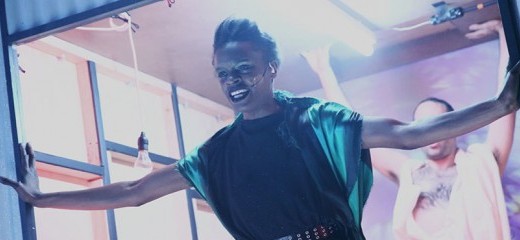
Electric Okwui
by Eleanor Goudie-Averill
I first encountered dancer/performer/choreographer Okwui Okpokwasili in 2010, in Ralph Lemon’s work How Can You Stay in the House All Day and Not Go Anywhere? Her phenomenal presence has stayed in my mind since that Brooklyn Academy of Music production, especially the strong image of her crying, her back to the audience; the articulate movements of her shoulders; and her sharp features and focus. Besides rewatching parts of this piece on video, I had not seen Okpokwasili on stage again until I attended Electric Lucifer this past week at The Kitchen; she stars as Lucifer in the production, and I wonder if director Jim Findlay met her through his work on a video installation for Lemon’s work at BAM. This spring, my interest in Okpokwasili was further peaked when I discovered Siobhan Burke’s piece about her newest work Poor People’s TV Room. I saved the article, which also addresses her Bessie award-winning solo Bronx Gothic, for months in my journal, lamenting that I was not in NYC for the performance.
Electric Lucifer is “an electronic rock opera” consisting of the music of Bruce Haak’s albums of the same name, adapted electronically by musician Philip White. I was also not aware that Raja Feather Kelly, popular post-post-modern dance choreographer and Princess Grace award-winner (and an acquaintance of mine), was the choreographer, nor did I remember hearing an excerpt of Haak’s Electric Lucifer album at a lecture by Peter Price, quoted in another Times article, about Haak’s work in Berlin in 2015. The music is bizarre and somehow familiar (perhaps because of Haak’s influence on pop music in the '80s). I have rarely heard that many voices being modulated through speakers, accompanied by a four-person band on a balcony upstage left, synthesizers blazing while lights flashed and projections whirled.
Kelly’s choreography is messy, flailing, raunchy, and seems to consist of movement scores blocked frenetically across the blackbox stage. Lucifer’s four “silverheads,” the only performers besides Lucifer and Jesus, launch themselves across the stage, narrowly avoiding collision, leaping heavily onto platforms on which large boxes sit. Their bravery is appalling at times, their performances almost embarrassingly committed, and one does worry for their knees under knee pads and their bruised arms and legs. Okpokwasili as Lucifer, however, keeps her cool. She maintains a statuesque posture even when she hunkers down on platform boots, and she manages to look unruffled as she undulates and belts into the microphone taped across her face. Playing next to Robert M. Johanson’s Jesus, her Lucifer remains godlike, seemingly untouchable, as he gives an almost pitiably vulnerable performance.
The props and set align with the haphazard chaos of bodies dancing, singing, and sweating all over the stage. Jesus’s “crown of thorns” is fashioned casually out of zip ties, and WWJD is scratched in pen-like graffiti on the fluorescent “halo” at the top of the fly rigging that serves as the cross. Johanson’s strongest moments as Jesus come while performing an entire song hanging from straps around his pelvis, crossing and uncrossing his feet. As he descends, Okpokwasili unceremoniously unhooks the carabiners and taps the cheap halo light off before taking the spotlight once more. They are on an even playing field only when their faces are covered by bull-like masks, having an absurd, garbled, David Lynch-ian conversation in one of the large boxes. They abruptly take the masks off, black elastic straps hanging, and the “silverheads” begin flinging themselves across the stage once more, twitching and having the occasional brief orgy. This general sense of messiness permeates the piece and, though almost sickening at times, it allows Okpokwasili to truly transcend the mess, outshining everyone and everything else on stage. Her performance is worth the price of admission. She has the makings of a pop star, but she remains one of us—one of our own dance community. I can hardly wait to see more of her work as a choreographer and performer in the coming years.
Okpokwasili’s Poor People’s TV Room will come to Bryn Mawr on February 23-24
Electric Lucifer, Jim Findlay, The Kitchen, Jan. 9-13, http://thekitchen.org/event/jim-findlay-electric-lucifer
By Eleanor Goudie-Averill
January 17, 2018

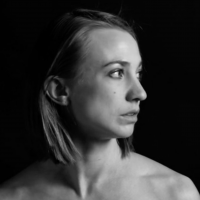
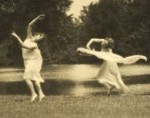
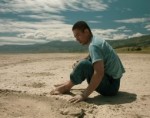
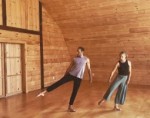

.png)


